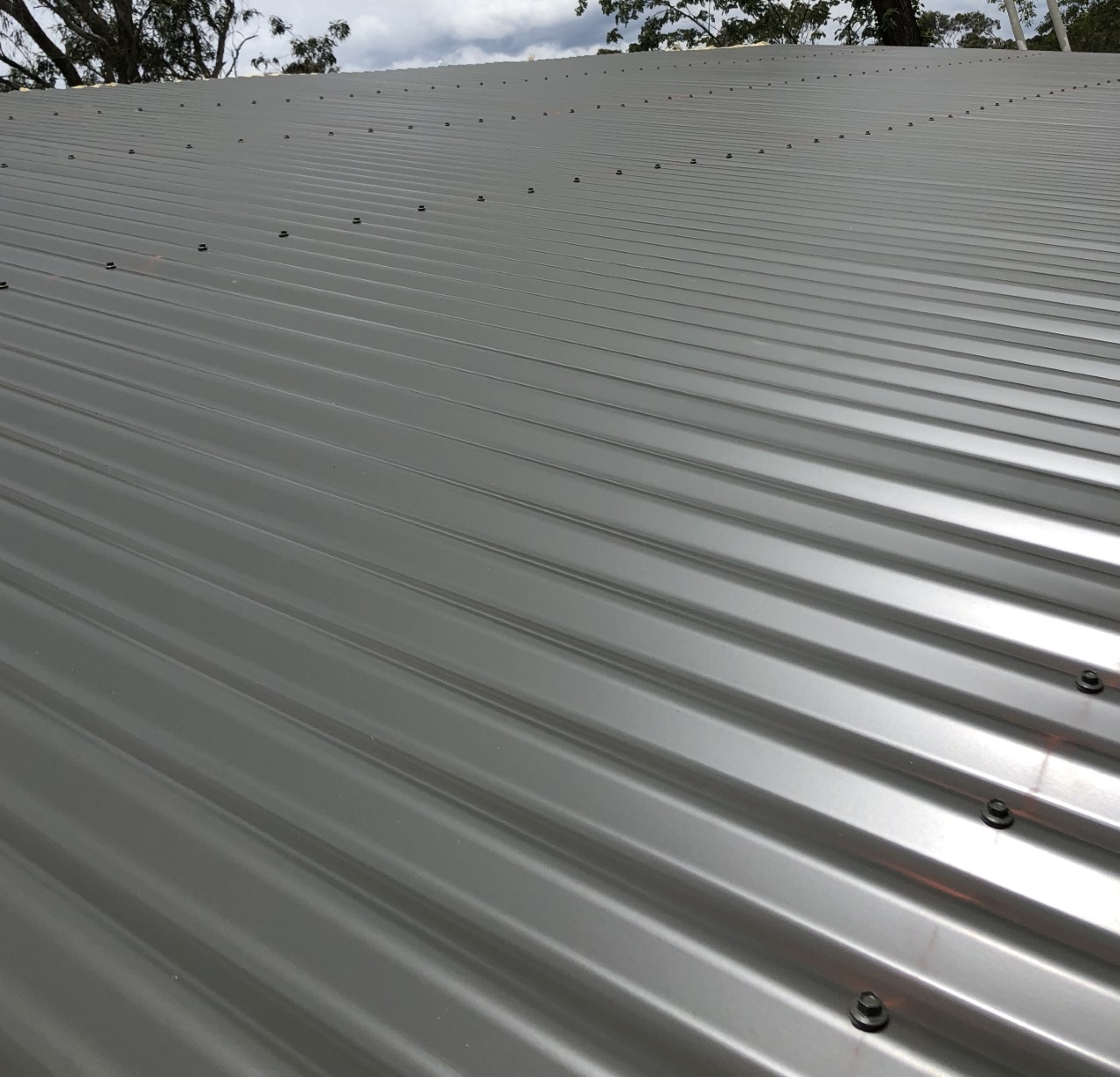Roofing is a important component of architecture for several essential reasons:
Protection from the Elements: One of the primary features of a roof is to supply shelter and safety from environmental components similar to rain, snow, wind, and extreme temperatures. It prevents water from getting into the building, which might trigger structural harm, mold progress, and other issues.
Structural Integrity: Roofs play an important position in sustaining the structural integrity of a building. They distribute the weight of the roof and any hundreds (e.g., snow) evenly to the walls and basis. A well-designed and properly constructed roof ensures the soundness and security of the entire structure.
Aesthetics and Design: Roofs are a visible and outstanding a part of a building's exterior. Architects use roof design to reinforce the general aesthetics of a structure. The form, materials, and style of the roof can contribute to the architectural character and appeal of a constructing.
Environmental Considerations: Sustainable architecture places an emphasis on vitality efficiency and environmental accountability. Roofing materials and design can impact a constructing's energy efficiency. For instance, cool roofs can reflect more daylight and take in less warmth, decreasing cooling prices and urban heat island results.

Natural Lighting and Ventilation: Roof design can incorporate options like skylights, dormers, and roof vents to supply pure lighting and air flow within a building. This can enhance indoor comfort and scale back the necessity for synthetic lighting and mechanical air flow.
Historical and Cultural Significance: In some architectural types, such as Gothic or Victorian, the roof could be a key component that displays the historic and cultural context of a building. Roof details and shapes can inform a story about the era during which a structure was constructed.
Space Utilization: Roof design can create further usable area inside a constructing, such as attic rooms, rooftop gardens, or outdoor living areas. Architects often contemplate the means to maximize space and performance when designing roofs.
Energy Efficiency: Energy-efficient roofing supplies and design can contribute to a building's general energy performance. Proper insulation and ventilation may help regulate indoor temperatures and scale back heating and cooling prices.
Safety and Fire Resistance: Roofing supplies are chosen with safety in mind. https://roofrestorationcampbelltown.com.au/metal-roofing/ , like fire-resistant roofing, can help forestall the unfold of fires in a building, offering priceless time for occupants to evacuate.
In summary, roofing is a fundamental facet of structure that combines functional and aesthetic concerns. It not only protects the interior of a constructing from the weather but in addition contributes to the overall design, sustainability, and security of a structure. Architects carefully contemplate roofing supplies, shapes, and features to attain their design goals whereas ensuring the comfort and well-being of building occupants..
